Unveiling the Aromatic Majesty of Ceylon Cloves
Apr 22, 2024
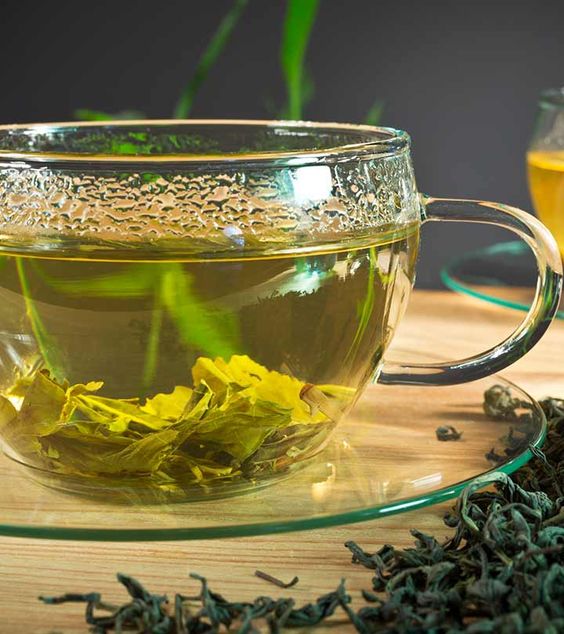
Ceylon Green Tea
The term "Ceylon" is typically linked with premium black tea produced using a traditional or orthodox process. Less well-known is green Ceylon tea. Ceylon Tea's reputation for high quality has soon spread to include both the green and the black varieties. Despite its youth, the Ceylon green tea business is expanding quickly as consumers in tea-drinking countries worldwide become interested in its goods.
Green tea is a popular type of tea that is produced and consumed in Sri Lanka. In Sri Lanka, green tea is known as "viridis tea" or "Sinharaja green tea" and is typically produced in the highland regions of the country, such as Nuwara Eliya and Dimbula.
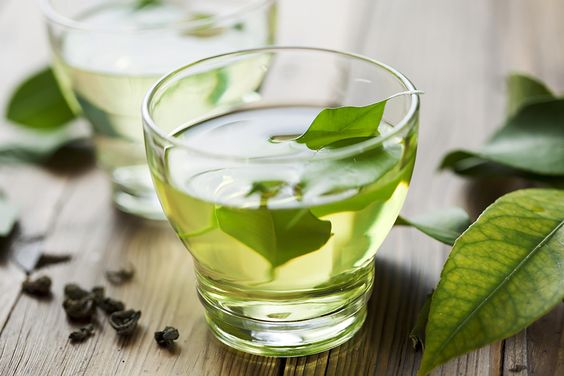
Production Process of Green tea:
Green tea is made from the leaves of the Camellia sinensis plant, which are withered, rolled, and heated to prevent oxidation, resulting in a tea with a light and refreshing taste. Here are the general steps for producing green tea:

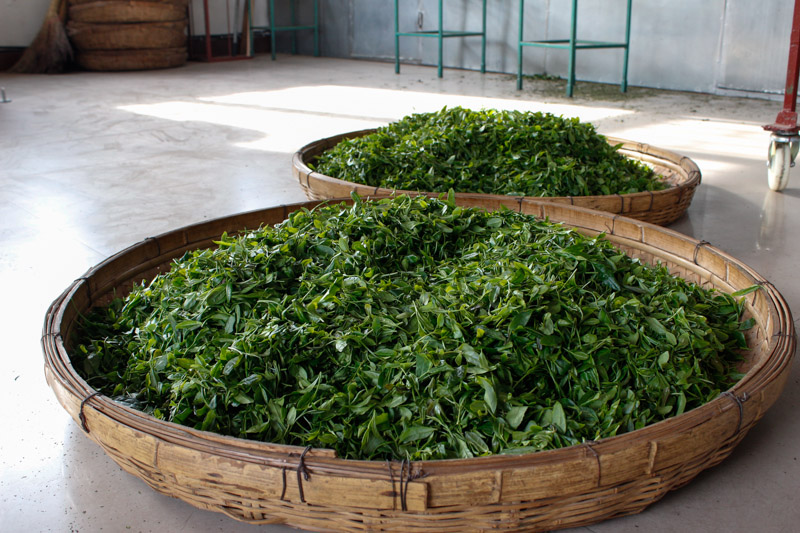
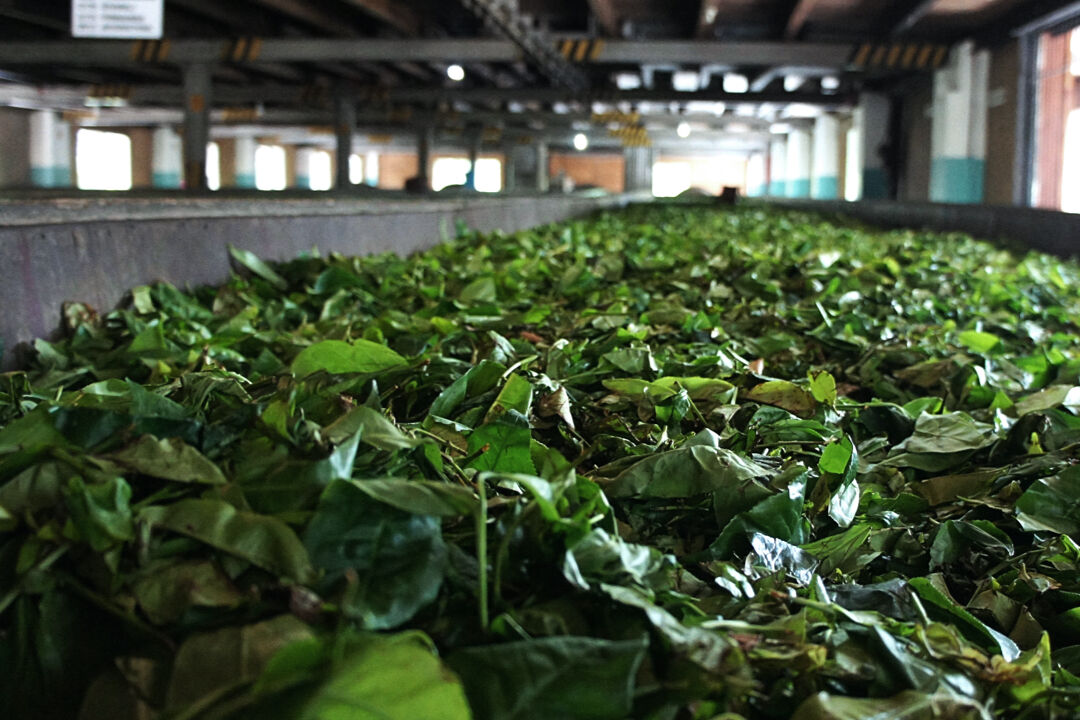
Once the green tea has been produced, it can be packaged and shipped to markets around the world. The specific techniques and methods used in the production of green tea can vary depending on the region and the tea producer, but these general steps are typically followed in the production of high-quality green tea.
Green tea Vs Black Tea
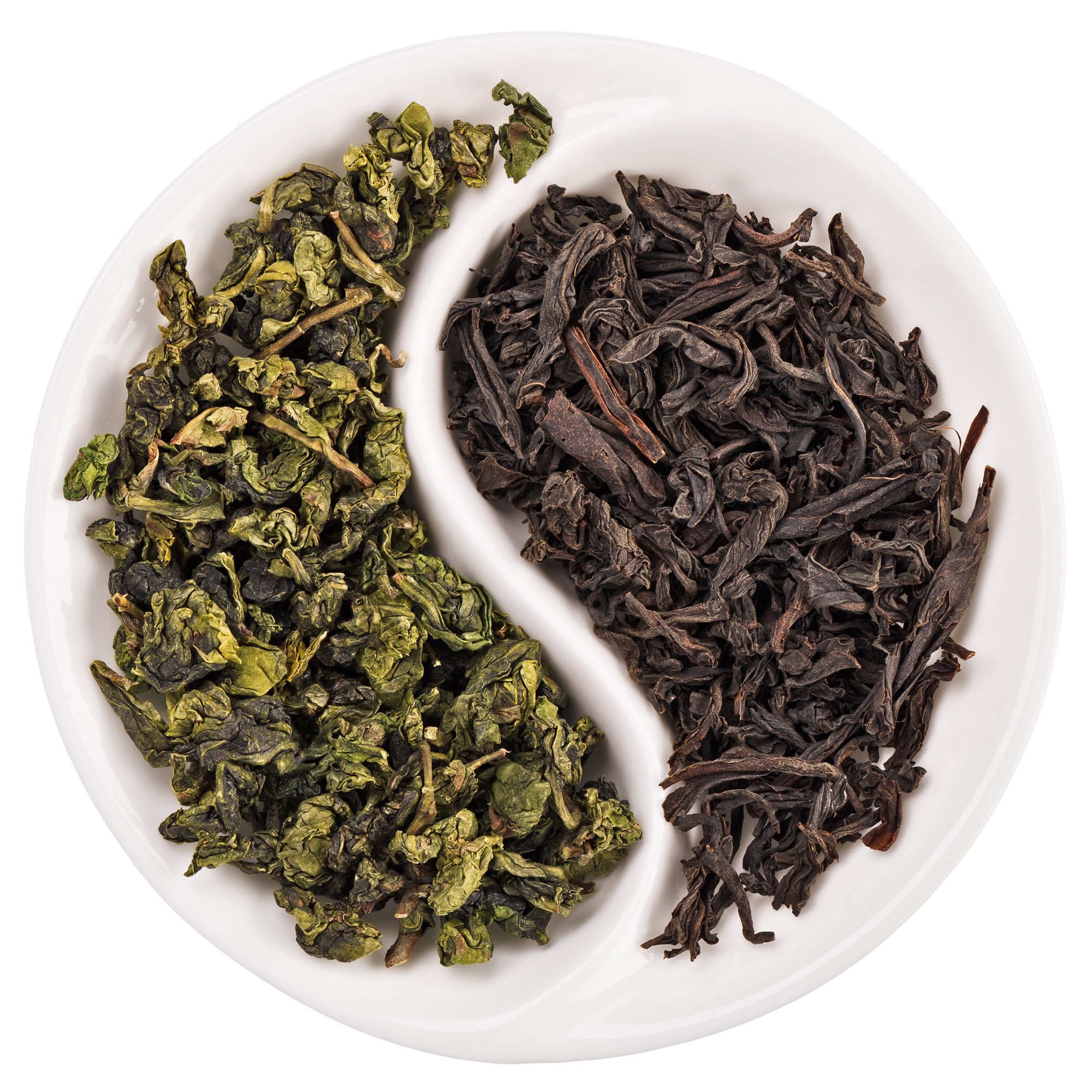
Processing: Green tea is processed differently from other types of tea, such as black tea or oolong tea. After the leaves are harvested, they are immediately heated to stop the oxidation process, whereas with black tea the leaves are allowed to fully oxidize. This minimal processing helps to preserve the natural antioxidants and nutrients in the tea leaves.
Flavor: Green tea has a unique flavor profile that is generally lighter and more delicate than black tea. The flavor of green tea can vary depending on the specific type of tea, the region where it was grown, and the processing methods used.
Caffeine content: While green tea does contain caffeine, it generally contains less caffeine than black tea or coffee. This can make it a good choice for people who are looking for a milder stimulant.
Does green tea help to weight loss…
Two to three cups of hot green tea consumed throughout the day should be adequate to support weight loss. Depending on how much caffeine a person consumes and their inherent metabolism, the precise amount will vary from person to person.
The term "metabolism" refers to the collection of physiological mechanisms that enable the body to transform food and liquids into usable energy. Due to its ability to boost the body's metabolism, green tea may aid in weight loss.
Caffeine and the antioxidant flavonoid catechin are both found in green tea. Study suggests both of these substances have been shown to hasten metabolism by a reliable source. While caffeine and catechin both help the body consume more energy, catechin can aid in the breakdown of extra fat.
According to Trusted Source, green tea pills with caffeine or catechins can help with weight management and loss in a small but significant way.
Other Health Benefits…
Green tea is known to have numerous potential health benefits, many of which are attributed to its high concentration of antioxidants and other nutrients.